Nissan Altima SV Vs SR: Which Trim is Right for You?

The Nissan Altima is one of the best-selling vehicles in North America.
Although it is only available in four primary trims, three can be had with front- or all-wheel drive, one has a choice of engines, and a few have various option packages. This gives consumers a lot of choice when selecting an Altima. To help them narrow down which version of the family sedan is right for them, we are going to take a deep look at two of the more popular options: the Nissan Altima SV versus SR.
SEE ALSO: 2023 Nissan Altima SR Premium AWD ReviewBoth are mid-level trims and give customers two different takes on Nissan’s popular four door. Although the SR can be had as the SR VC-Turbo, we will be focusing on the non turbocharged options in this comparison. Below, we have broken down the similarities and differences of the two trim levels over eight key categories. We hope this helps in any future Altima purchasing decisions.
Style
The Altima features a conservative, yet stylish exterior. It’s not as outlandish as the Hyundai Sonata or Kia K5, but it does have more flair than the Subaru Legacy or Honda Accord. The SV and SR feature different styling elements that makes them easy to tell apart.
Upfront, the SV has a chrome surround on the V-shape grille while the SR has a black surround, or what Nissan calls dark chrome. The chrome theme continues for the SV as the door handles feature the shining finish. The SR has body colored handles instead. The SV rides on machine-finished 17-inch wheels wearing 215/55R17 tires. The sportier SR gets larger black-painted 19-inch wheels with 235/40R19 tires.
Other standard differences, include the rear diffuser that is body colored on the SV and charcoal on the SR. The SR has chrome dual exhaust finishers as standard equipment while the SV only receives them if the optional Premium package is selected. Both trims get black side view mirrors when their respective Premium Packages are applied.
Cabin Space
Regardless of which trim is selected between the Nissan Altima SV vs SR, both come standard without a sunroof. This means there is 39.1-inches of headroom up front and 36.9-inches for those in the rear. With the optional moonroof, headroom space decreases in both models to 38.0-inches up front and 36.7-inches in the rear. Legroom for both trims is listed at 43.8-inches for front seat occupants and 35.2-inches for those sitting in the rear.
Both trim levels have a power driver’s seat standard, while only the SR can have a power passenger seat as part of the Premium Package. The SV’s seats are finished in a Cloth material while the SR receives what Nissan calls a Sport Cloth material. With the Premium Package, the SR upgrades to full leather seating. Neither trim has heated seats as standard equipment; for both, the Premium Package is needed to get posterior warmers.
The SR includes a leather wrapped steering wheel and shift knob while these features are tied to the Premium Package in the SV. Both trims include a piano black finish, but have upgradeable interiors when the Premium Package is included. For the SV, this includes a wood-tone interior, while the SR gets a carbon-fiber look trim enhancement.
Powertrain
Both trims come equipped with a single engine and transmission option, a 2.5-liter four-cylinder paired to a continuously variable automatic transmission. Either trim is available with front-wheel drive or all-wheel drive. With front-wheel drive, the engine generates 188 hp and 180 lb-ft. of torque. In all-wheel drive models, power is down slightly to 182 hp and 178 lb-ft.
SEE ALSO: Nissan Altima vs Maxima: Which Sedan is Right For You?The only real difference between the Nissan Altima SV vs SR in terms of powertrain is located inside the cabin. The SR comes equipped with paddles shifter and a manual shift mode for the CVT that the SV does not.
Fuel Economy
In terms of fuel economy, there are slight differences between the SV and SR trims, especially on the highway. Most likely, it’s a byproduct of the different wheel and tire sizes. With front wheel drive, the Altima SV and SR are rated to achieve 27 mpg in the city. On the highway, the SV is capable of 39 mpg while the SR is rated a bit lower at 37 mpg.
When it comes to all-wheel drive models though, the differences disappear. Both the SV and SR are listed at 26 mpg city and 36 mpg highway.
Cargo and Towing
As a traditional four-door sedan, it’s no surprise that in the comparison of the Nissan Altima SV vs SR, trunk capacity is identical. Both trims offer owners 15.4 cubic feet of cargo space, which is class competitive.
Neither front-wheel or all-wheel drive Nissan Altima’s are rated to tow.
Safety
Safety is one area where there is noticeable difference between the SV and SR. Both vehicles come with forward collision warning, automatic emergency braking, blindspot warning, rear cross traffic alert, reverse automatic braking, and more. But only the SV can be had with Nissan’s ProPILOT Assist.
With the Premium Package, both trim levels add lane departure warning. But the SV takes things a step further by adding ProPILOT Assist to that trim’s premium package as well. ProPILOT Assist adds features like lane intervention, trace control, auto brake hold, traffic sign recognition, and more. This safety system is not available on the SR regardless of optional packaging.
Tech and Features
As the second rung above entry level, the Nissan Altima SV still comes pretty well equipped. It includes push button start, remote engine start, 7.0-inch infotainment system, Apple CarPlay, Android Auto, and more. The SV trim does not add much to the comfort and convenience side of the vehicle, with only illuminated vanity mirrors being the biggest upgrade.
The Premium Package adds a lot of content to both the SV and the SL trim levels. A driver’s power seat, 12.3-inch infotainment system, electronic parking brake, navigation, moonroof, Nissan Connect services, Wi-Fi, heated front seats, wireless Apple CarPlay as well as Android Auto, wireless phone charging, and more are all included. The SV’s Premium Package also adds ProPILOT Assist, body-color outside mirrors, a leather-wrapped steering wheel, leather-wrapped shift knob, dual chrome exhaust finishers, and more. For the SR, extras included in the Premium Package are sport leather-appointed seats, a passenger power seat, and carbon-fiber look trim.
Pricing
The Nissan Altima SV FWD starts at a price of $27,385 (all prices include destination charges). All wheel drive models add $1,500, for a total of $28,885. On either the front wheel drive or all wheel drive SV, the premium package costs $2,390.
SEE ALSO: Honda Accord vs. Nissan Altima: Which Sedan is Right for You?The SR beings at a slightly price point of $28,785. All wheel drive once again costs an additional $1,500, putting the price up to $30,285. For the SR, the Premium Package is a bit more expensive, listed at $2,890.
Nissan Altima SV vs SR: The Verdict
When comparing the Nissan Altima SV vs SR, there are noticeable differences. The SR is more about style and sportiness, while the SV is the more safe and sensible option. Those interested in the SR are probably better off to save the money and skip the Premium Package. SR buyers seeking more content should step up a bit further to the better equipped SL trim level. Those that want real performance should grab the SR Turbo.
For the SV, we would recommend the opposite. The Premium Package is more affordable, gives nearly the same amount of content, and includes the added safety of ProPilot Assist. It’s our ultimate choice in this comparison, specifically the SV AWD with the Premium Package.
Become an AutoGuide insider. Get the latest from the automotive world first by subscribing to our newsletter here.

A 20+ year industry veteran, Mike rejoins the AutoGuide team as the Managing Editor. He started his career at a young age working at dealerships, car rentals, and used car advertisers. He then found his true passion, automotive writing. After contributing to multiple websites for several years, he spent the next six years working at the head office of an automotive OEM, before returning back to the field he loves. He is a member of the Automobile Journalists Association of Canada (AJAC), and Midwest Automotive Media Association (MAMA). He's the recipient of a feature writing of the year award and multiple video of the year awards.
More by Mike Schlee



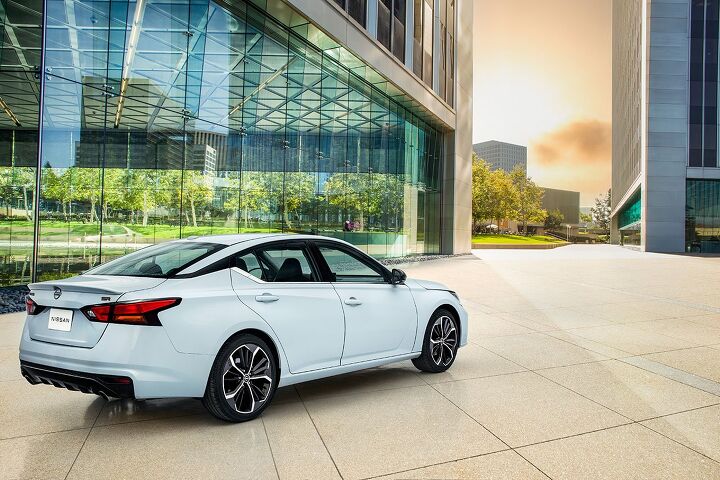






















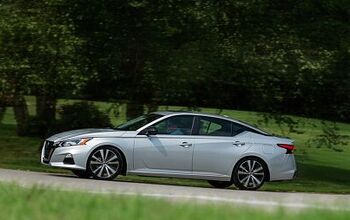
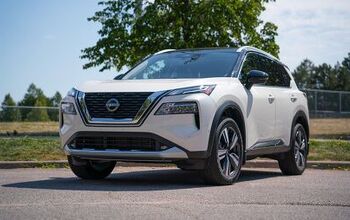


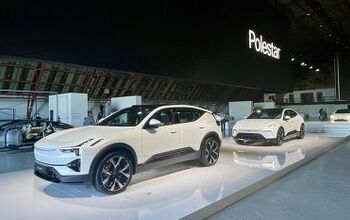




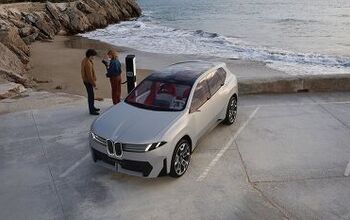





Comments
Join the conversation